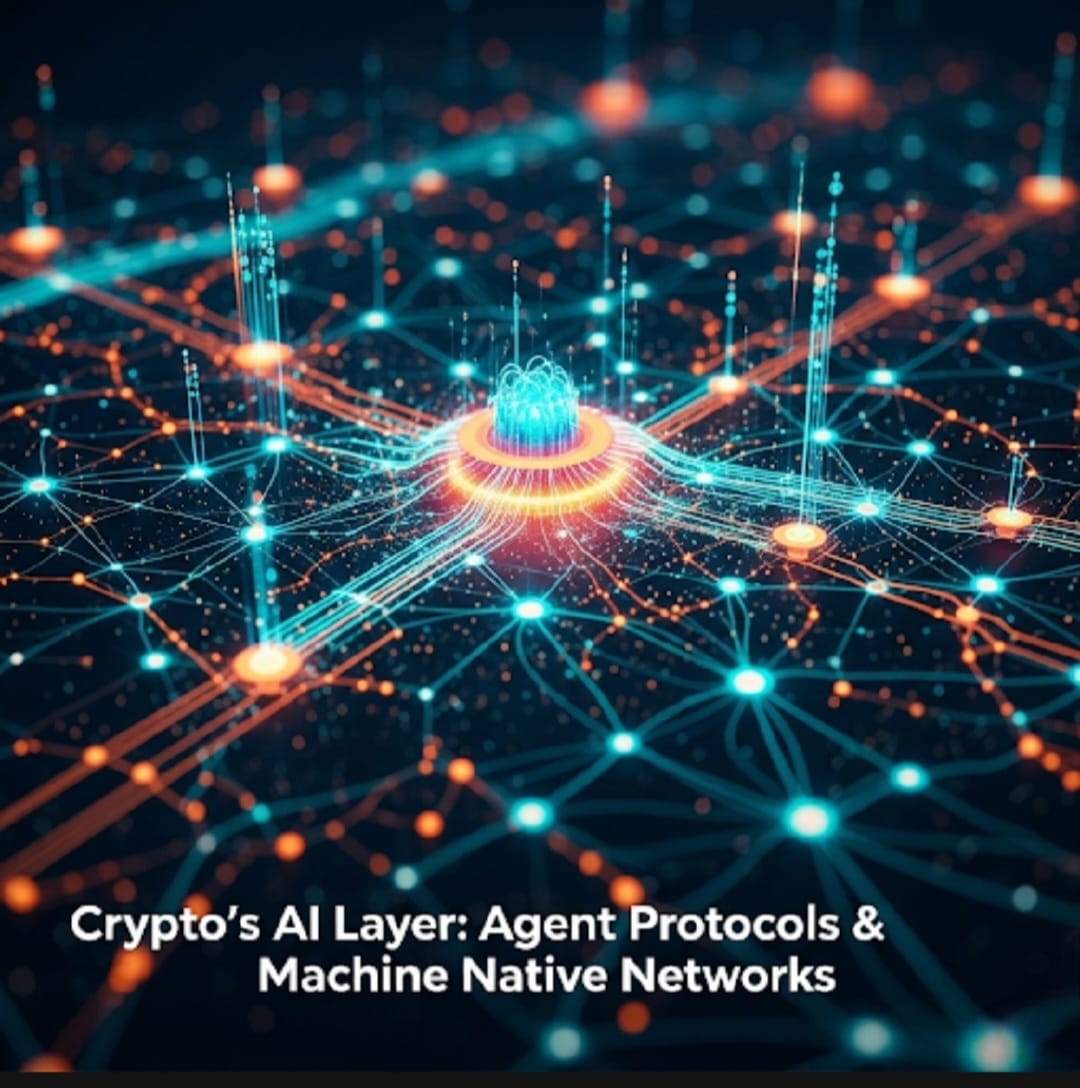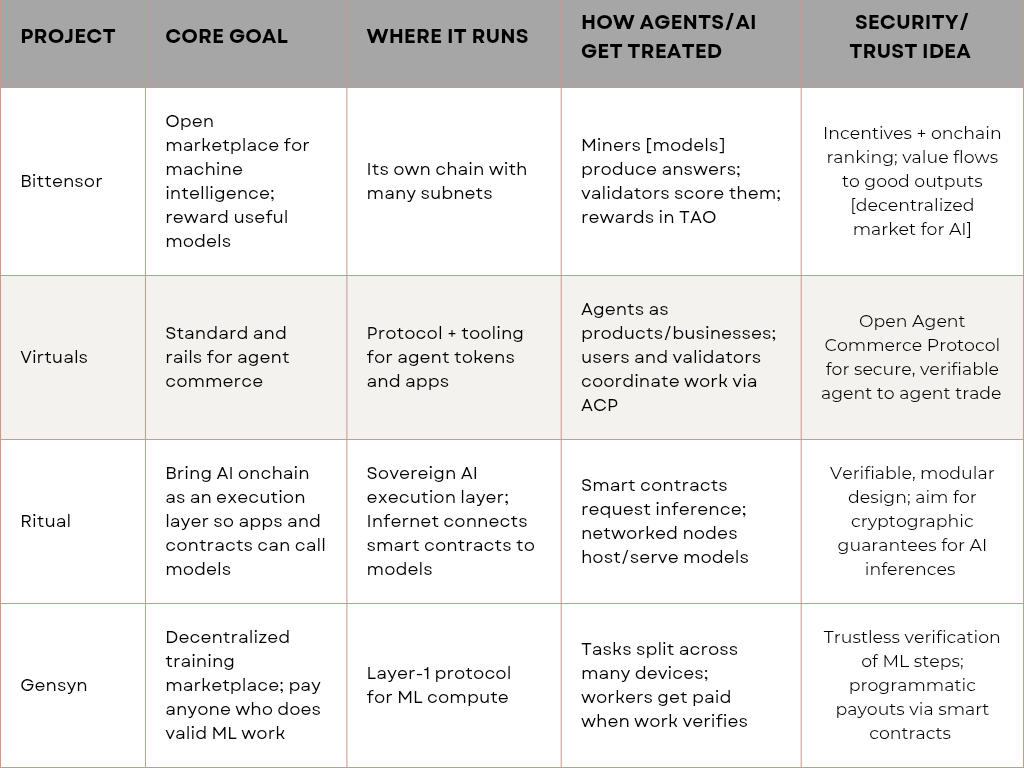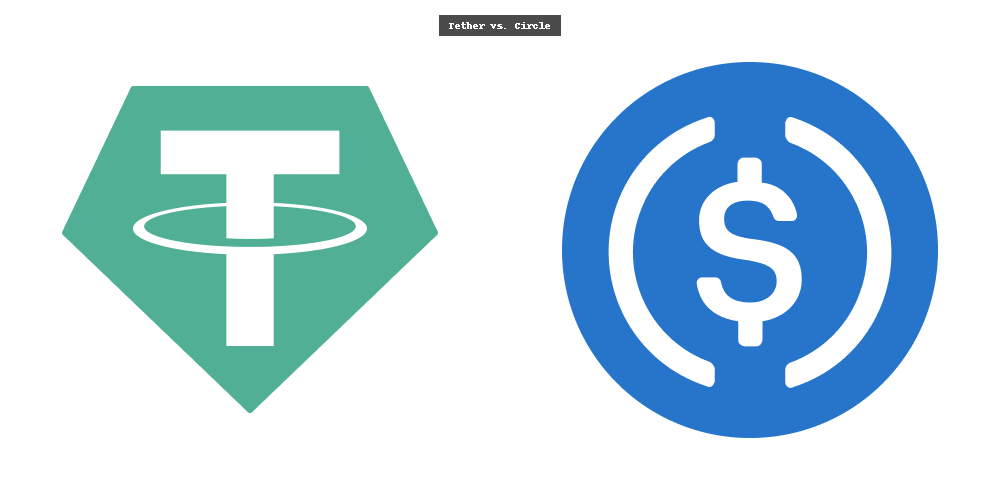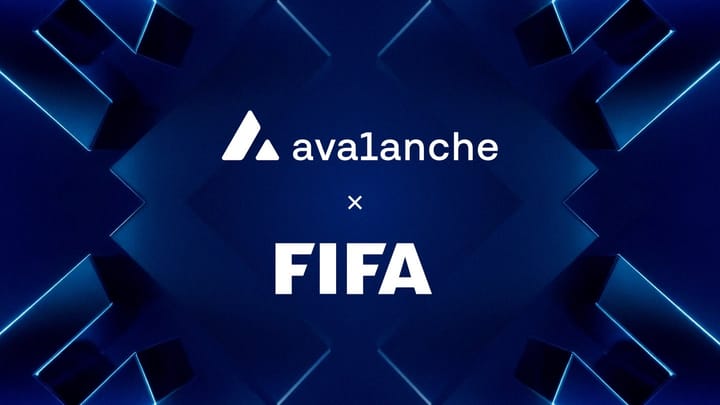Crypto’s AI Layer: Agent Protocols & Machine Native Networks

AI agents are moving from web apps into networks where they can earn, spend, verify work, and coordinate on their own. Four projects that lead the push to make agents first class citizens.
Quick comparison

How each one makes agents First Class
● Bittensor turns model quality into a market signal. Subnets specialize (e.g., general NLP, other domains). Models compete to produce better answers; validators score them; the chain pays more to higher value providers. This gives agents a native earn path without a centralized gatekeeper.
● Virtuals builds the rails for agent businesses. The Agent Commerce Protocol (ACP) defines how agents discover, pay, and verify each other, plus a tokenization layer for launching agent aligned economies. In short: it standardizes how agents hire other agents, deliver work, and settle payments onchain.
● Ritual is an AI execution layer: any dapp or smart contract can call out to an AI model using simple interfaces (their first product is Infernet). This makes agents and models callable from the chain itself, not just from a web server. The design goal is to pair onchain logic with verifiable AI outputs, so developers get the same confidence they expect from smart contracts.
● Gensyn tackles the training side. It spreads ML tasks across a global pool of devices and pays them once work is verified. The hard part is proving the work was done; their protocol focuses on trustless verification and consistent execution so the network can scale beyond a single data center. This treats training nodes as first class workers with automatic payment.
Why this matters
1. Agents can earn and spend natively. Instead of waiting for a company to host them, agents can plug into open markets (Bittensor, Gensyn) or standardized commerce rails (Virtuals) and get paid on results.
2. Onchain apps get real AI. Ritual lets contracts call models directly. That’s the switch from AI as an API to AI as part of stateful onchain flows.
3. Less trust, more proof. Each network pushes verification: scoring of outputs (Bittensor), protocol level delivery rules (Virtuals ACP), verifiable inference (Ritual vision), and trustless training checks (Gensyn).
What to watch next
● Subnet/app growth on Bittensor: more useful categories = stronger marketplace.
● ACP adoption: agents and partners building commerce workflows on Virtuals.
● Ritual integrations: dapps using Infernet for onchain decisions (risk, pricing, agents as services).
● Gensyn verification methods in the wild: demos and research proving scalable checks for large jobs.
Conclusion
Crypto’s AI layer is not one chain or one token. It’s a set of machine native rules that let agents work, pay, verify, and coordinate without a central owner.
○ Bittensor rewards useful intelligence.
○ Virtuals standardizes agent commerce.
○ Ritual wires AI into smart contracts.
○ Gensyn decentralizes training with trustless checks. Together, they point to a near term reality where agents are not add ons but first class users of the network, earning, spending, and proving their work onchain. That’s the real unlock.
Explore More
Bittensor:
Documentation & Tutorials: https://docs.learnbittensor.org/
Overview & Ecosystem: https://docs.tao.bot/bittensor-ecosystem-overview
Virtuals
Official Homepage: https://virtuals.io/
Whitepaper For Architecture & Agent Tokenization: https://whitepaper.virtuals.io/
Ritual
Official Site & Product Intro: https://ritual.net/
Infernet Explained: https://ritual.net/blog/introducing-ritual
Developer Node Setup: https://ritual.academy/nodes/setup/
Gensyn
Official Website: https://gensyn.ai/
Developer Resources: https://docs.gensyn.ai/
Testnet & Swarm Updates: https://www.gensyn.ai/testnet
Join Mitosis Discord to connect with the community: https://discord.gg/mitosis?ref=university.mitosis.org



Comments ()